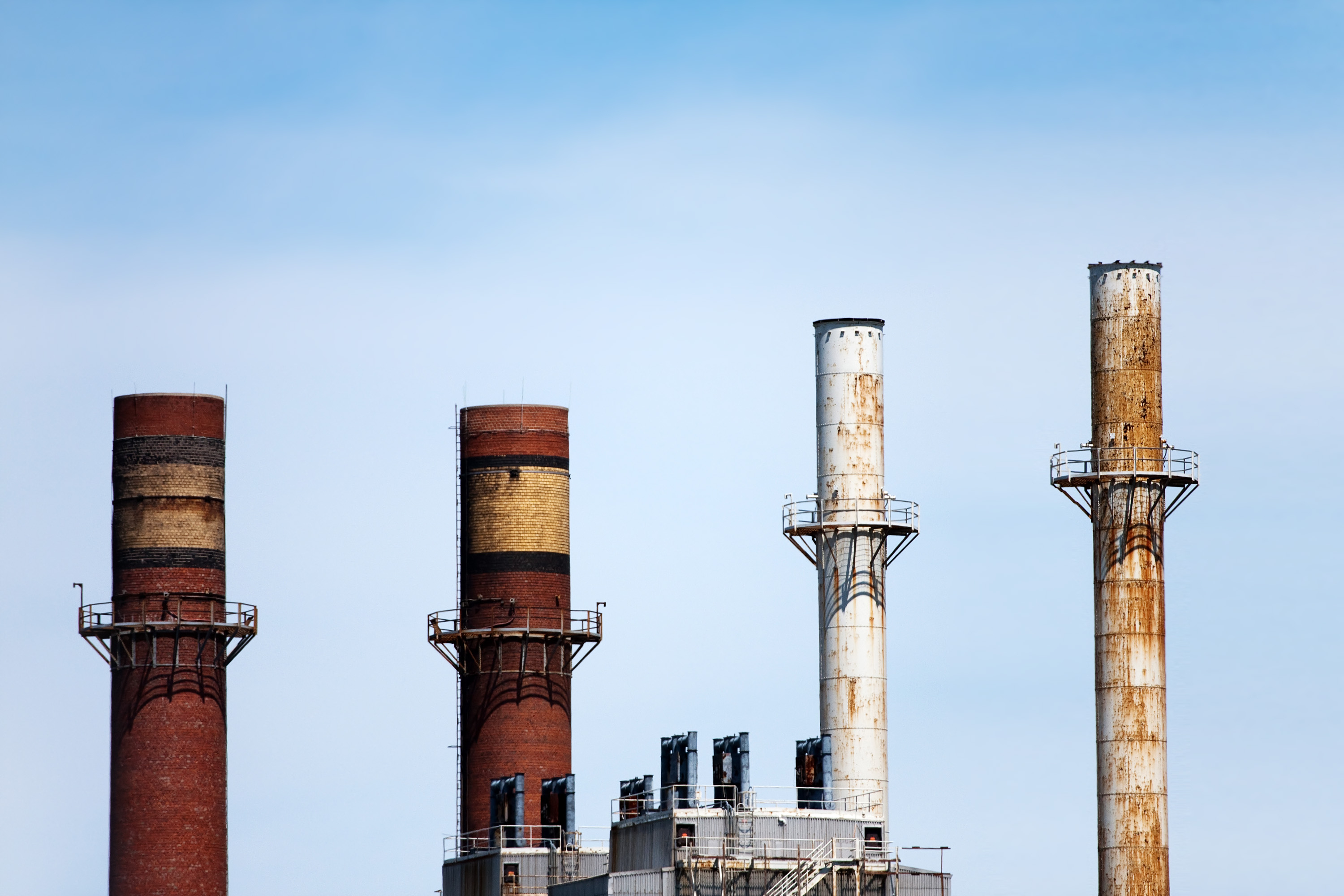Power plants and locomotive engines are major contributors to air pollution, as their emissions include CO2, NOx, particulate matter, and other pollutants. One possible mitigation of these emissions involves using non-equilibrium plasma-assisted combustion (PAC). This technology improves combustion of green and renewable fuels, such as ammonia and other biofuels, and can also be used to facilitate fuel-lean and low-temperature combustion of hydrocarbon fuels.
PhD student Taaresh Sanjeev Taneja in the Department of Mechanical Engineering is working on a project to build a physics informed, data augmented reduced order manifold model to simulate PAC in a computationally affordable manner. He plans to combine first principles of turbulent plasma-aided combustion with deep learning. The model can then be used to investigate enhancement of ignition and emission characteristics of fuels, both hydrocarbon-based and renewable. Mr. Taneja uses MSI as a member of the MSI research group of Assistant Professor Suo Yang.
Some funding for this project was provided by a 2021 University of Minnesota Informatics Institute MnDRIVE PhD Graduate Assistantship. The UMII MnDRIVE Graduate Assistantship program supports UMN PhD candidates pursuing research at the intersection of informatics and any of the five MnDRIVE areas:
- Robotics, Sensors and Advanced Manufacturing
- Global Food Ventures
- Advancing Industry, Conserving Our Environment
- Discoveries and Treatments for Brain Conditions
- Cancer Clinical Trials
This project is part of the Advancing Industry, Conserving Our Environment MnDRIVE area.
Research Computing partners:
- University of Minnesota Informatics Institute
- Minnesota Supercomputing Institute
